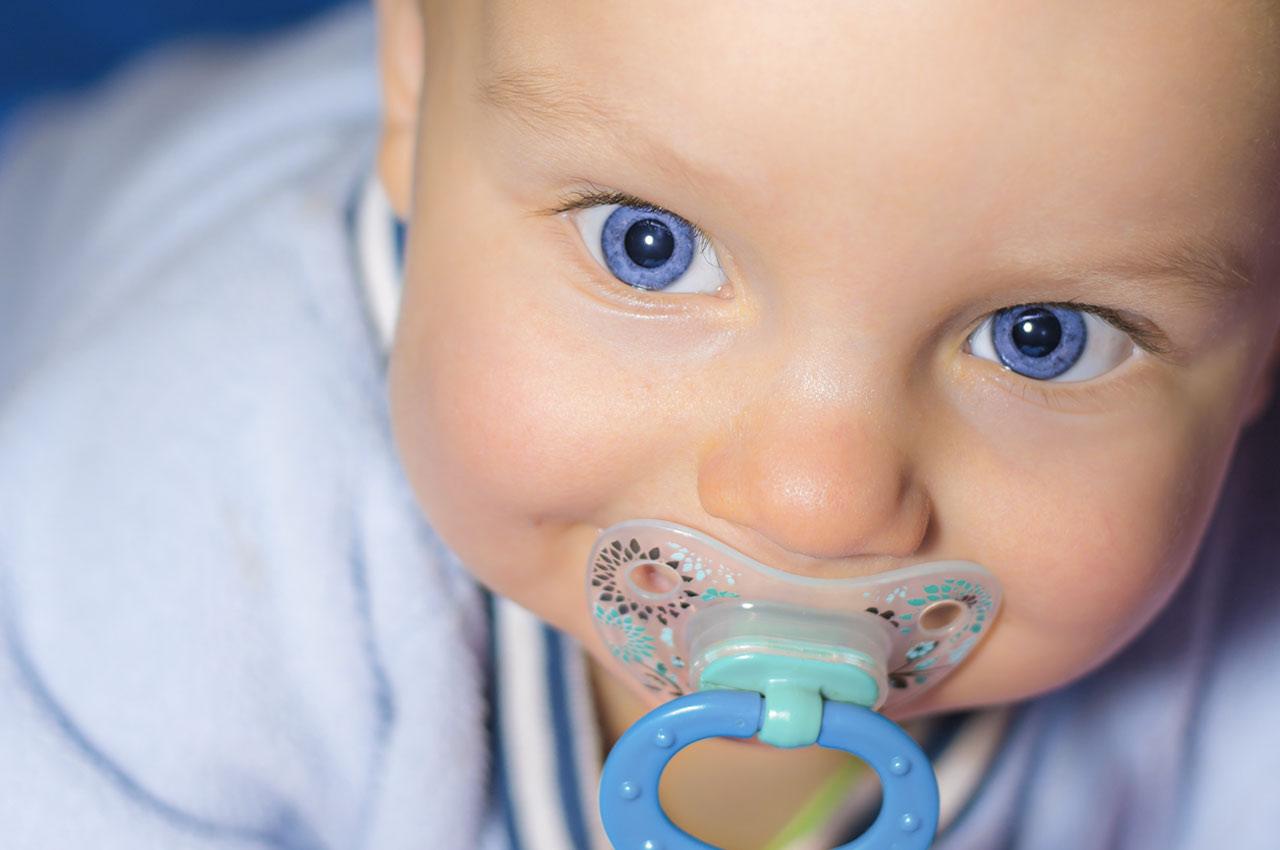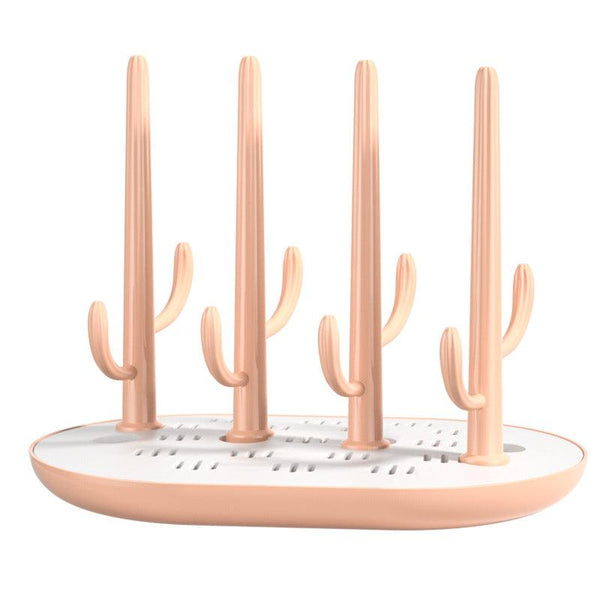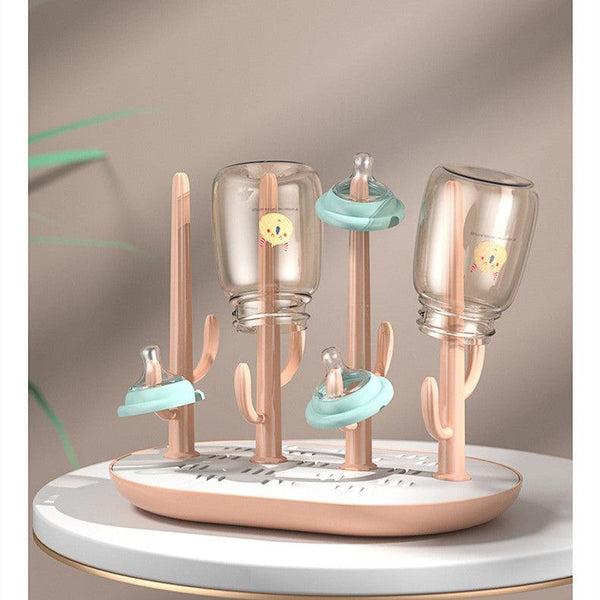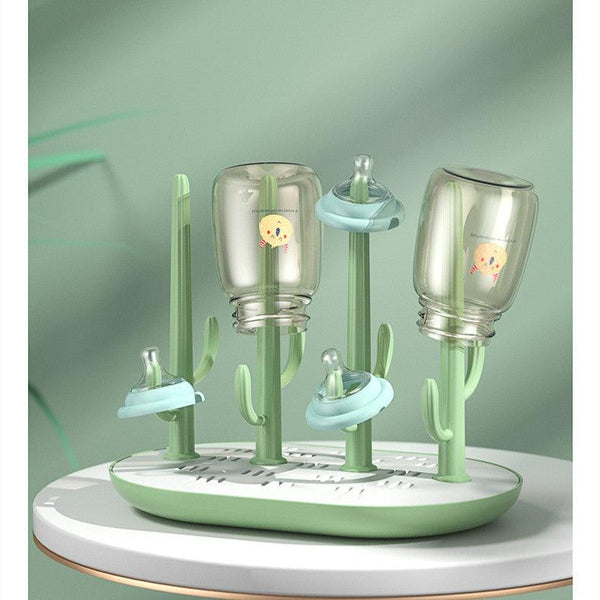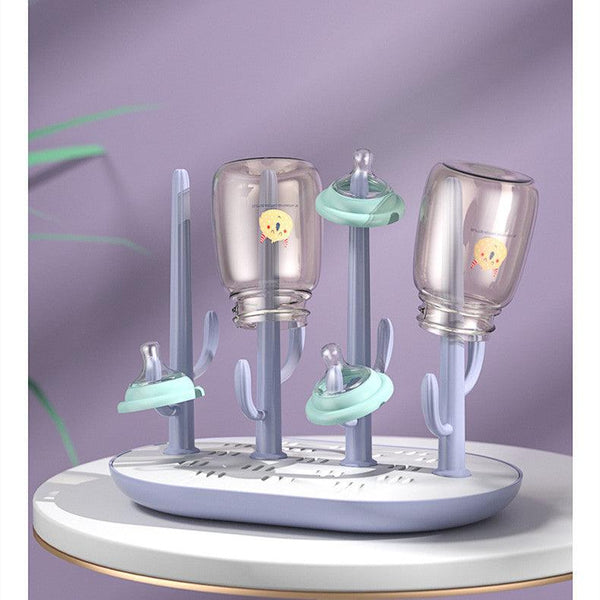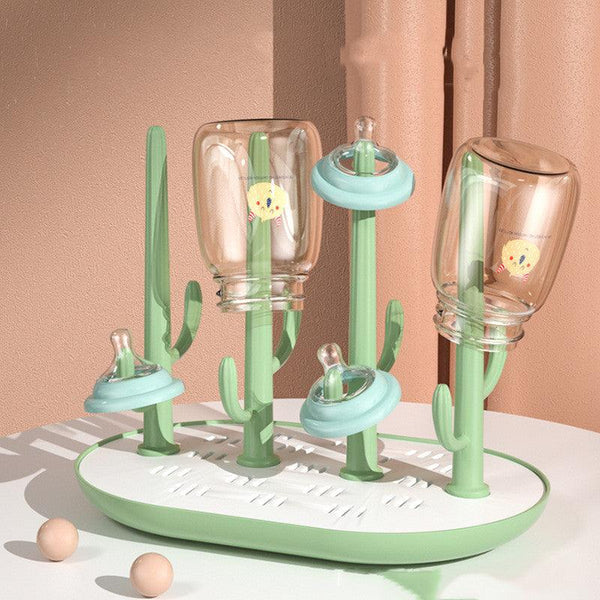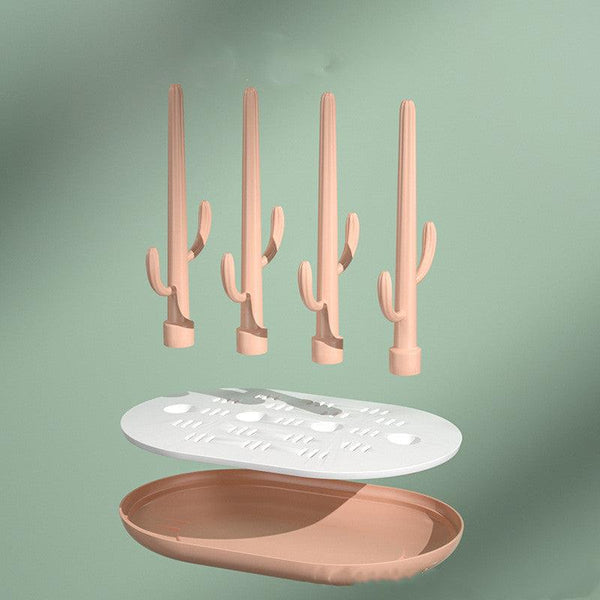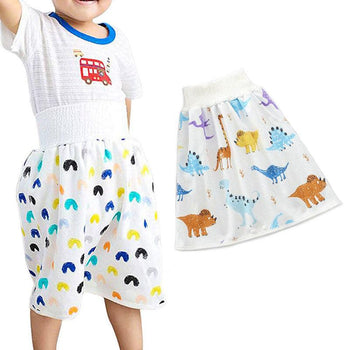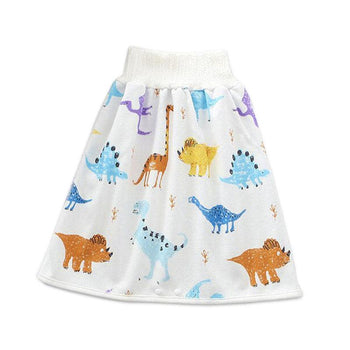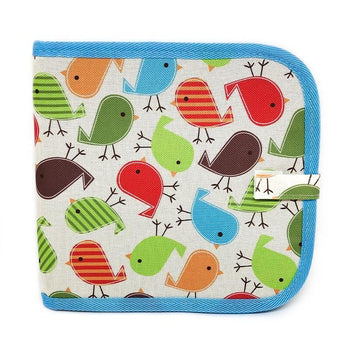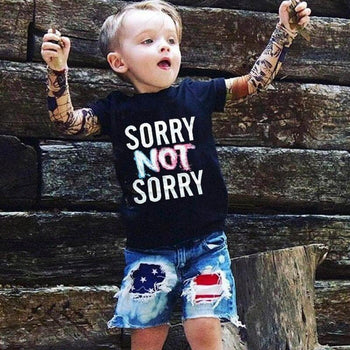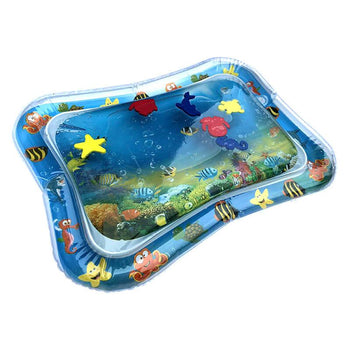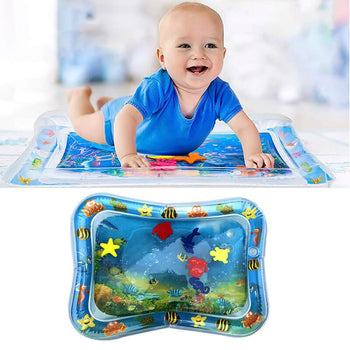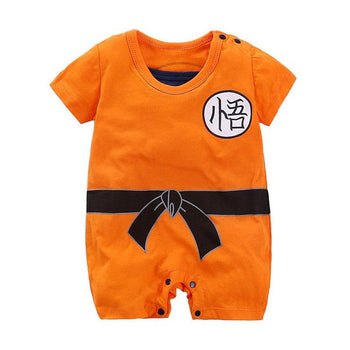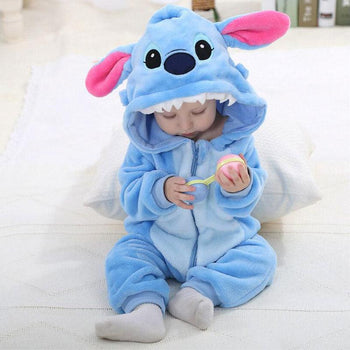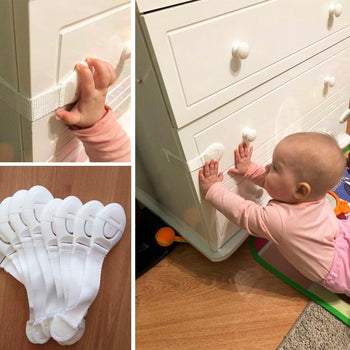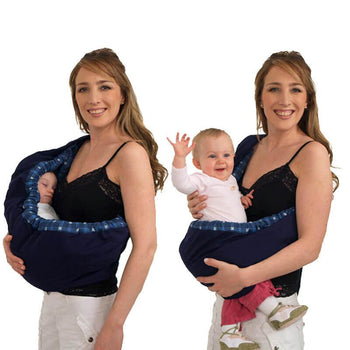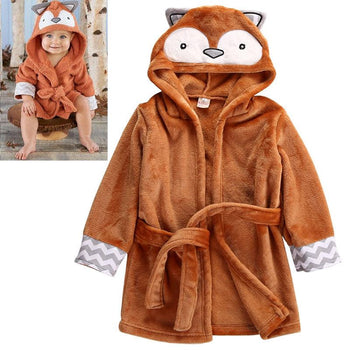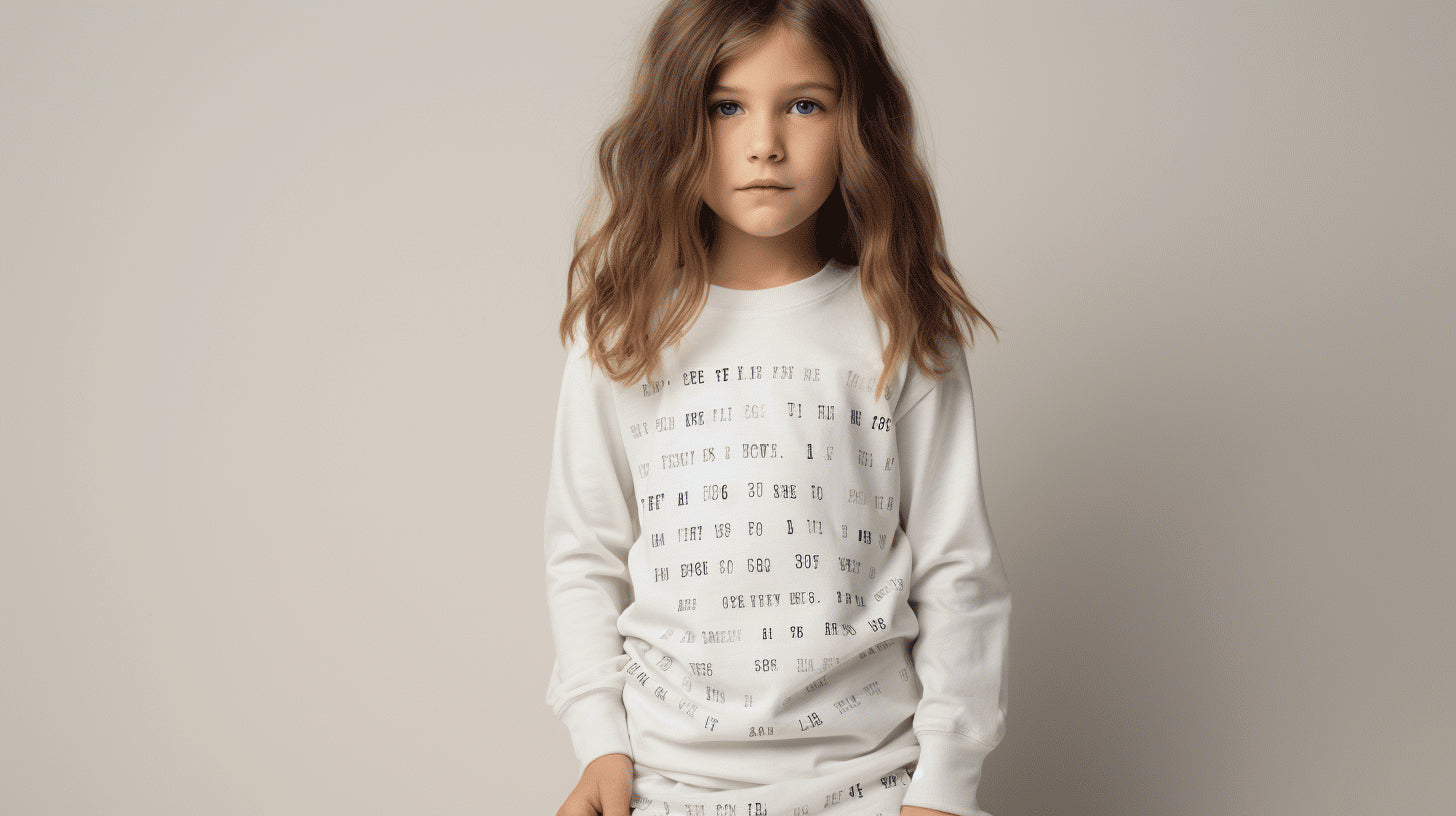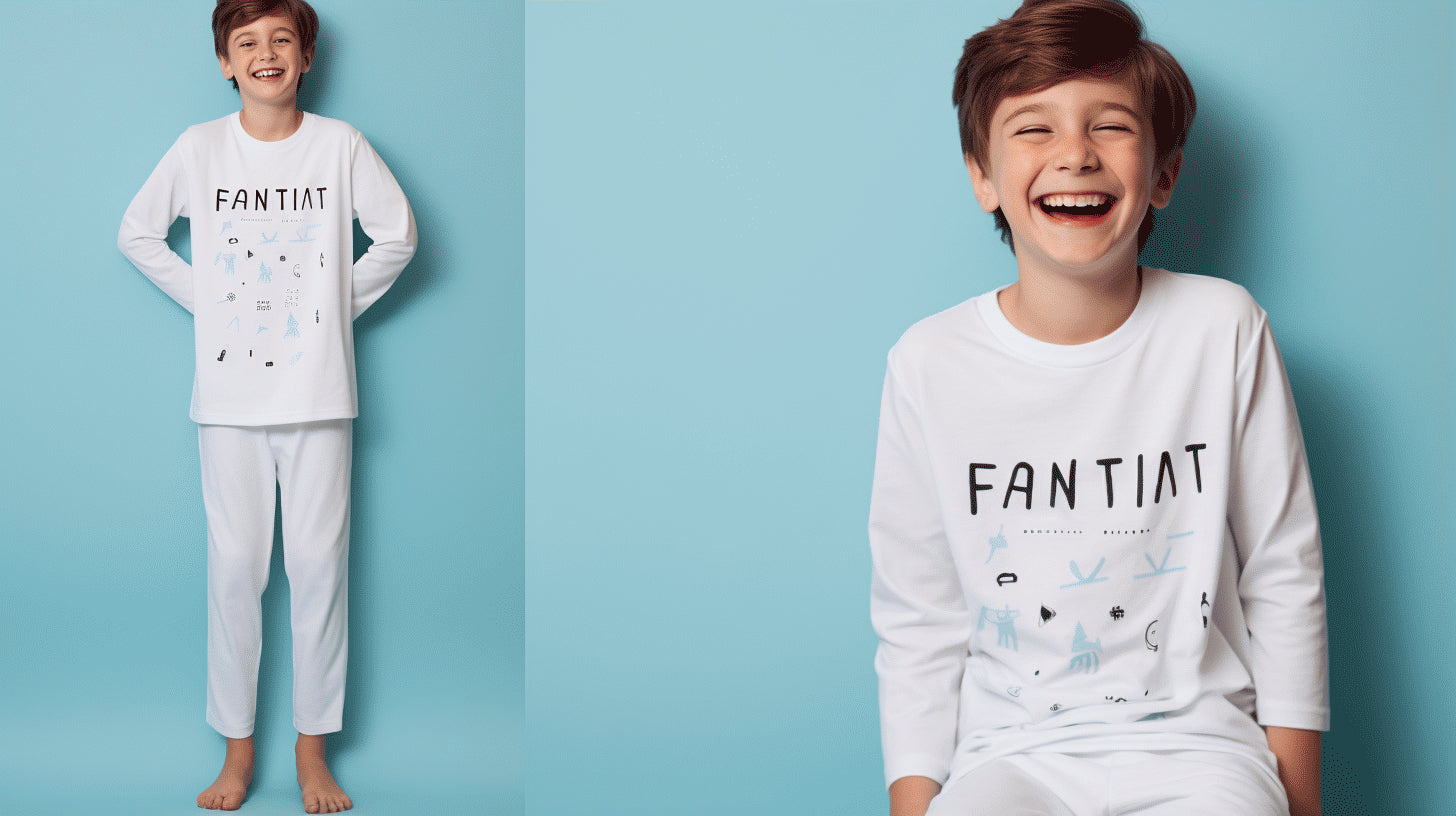New parents can spend a lot of time staring at their baby's beautiful eyes and wondering about their color.
What is the role of genetics in the color of babies' eyes?
Is there a way to predict my baby's eye color ?
Is it true that they can change ?
We have found the answer to all your questions about your baby's eye color!
Will my baby's eye color change?
That could change! Most fair-skinned babies are born with blue or gray eyes. Some remain blue or gray, while others gradually change over time to green, hazel or brown. Most, but not all, darker-skinned babies are born with darker eyes that remain brown.
What determines the color of a baby's eyes?
The colored part of the eye, the iris, contains a protein called melanin, the same protein that affects skin color. Melanin comes from specialized cells called melanocytes. As your baby gets older, the melanocytes react to light and produce melanin. The more melanocytes at work, the darker the eyes become.
It's good to remember that there isn't really any blue or green pigment in the iris. Everyone has melanin in the back layer of the iris. People with brown eyes also have melanin in the front layer of the iris. This melanin absorbs more light and gives the iris a brown appearance. People with blue, gray or green eyes have little or no melanin in the anterior layer of the iris. Hazel eyes (a combination of green and brown) have a small amount of melanin in the front layer of the iris.
The evolution of baby eye color
Eye color begins to change during the first six months of a baby's life and stops between nine and twelve months, for the majority of babies. In a minority of children, however, eye color may continue to darken until the age of five or six. When melanin is added to the iris, the color changes from blue or gray to green or hazel, then brown. Where you stop on this continuum is in your genes. The darkening is gradual and affects the entire iris, not just spots or dots.
Will my baby's eyes stay blue?
You can't know for sure, but if you and your partner both have blue eyes, your baby is more likely to have blue eyes too. Grandparents who also have blue eyes also increase the chances of having a blue-eyed baby. There is no truth to the myth that keeping your baby in the dark for the first few months means they will keep their eyes blue.
What role does genetics play in eye color?
What many of us learned in high school biology class about the genetics of eye color is no longer considered correct. According to the National Institute of Health, scientists believed that eye color was determined by a single gene, which followed a simple pattern where brown eyes were dominant (or "earned") over blue eyes.
However, there is more than one gene that affects eye color. There are about 16 genes involved in eye color , according to a 2011 article in the Journal of Human Genetics. Work by Australian researchers suggests that among the multiple genes involved in eye color, there are two main genes, one that controls brown or blue, and another that controls green or hazel, plus other genes that change these trends as well.
What does this all mean ? The particular combination of genes that you and your partner have ultimately affects your child's eye color.
Is there a way to predict my baby's eye color?
Not really. Two brown-eyed parents are likely to have a brown-eyed child, but could eventually have a child with blue, green, or hazel eyes, depending on each parent's gene combination. Two parents with blue or green eyes are likely to have a child with blue or green eyes (or a blue-green combination), but it is possible for them to have a child with brown or hazel eyes. If one parent has darker eyes and the other has lighter eyes, they are slightly more likely to have a child with darker eyes.
What about two different eye colors?
Having two different eye colors is called heterochromia , and refers to two totally different colored eyes (often one blue and one brown) or one eye that is mostly one color and also has a spot distinct from another color. Different colored eyes may be present at birth or develop during the first year.
We can't yet provide any real answers as to why this happens, as this phenomenon remains rare (Fun fact: celebrities with heterochromia include Mila Kunis, Kate Bosworth, Kiefer Sutherland, Jane Seymour and Henry Cavill. On the other hand, If your child develops a different color in one eye or part of the eye, you should have them checked by an optometrist to rule out rare but serious problems like eye injury or melanoma.
What are the most common eye colors?
According to Worldatlas.com, approximately 79% of the world's population has brown eyes. About 8% have blue eyes (probably due to a genetic mutation that occurred about 10,000 years ago). Amber (yellowish-brown) or hazel (greenish-brown) eyes are found in 5% of the population each. People with green eyes represent only 2% of the population. The bottom one or two percentage points include gray eyes and, rarely, red or purplish eyes in people with albinism (where melanin levels are so low that blood vessels show through).
Your baby changes a lot during the first year, and for some children, their eye color changes too. Whether the eye color changes or not, continue to enjoy watching your little angel's eyes.
Do you want your baby to sleep through the night?
In this free guide , you'll discover 5 things you absolutely need to know.
With a unique approach and practical tools for success, this guide will help you and your baby sleep better through the night.


